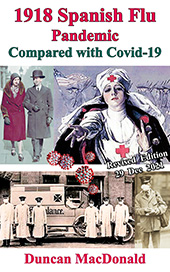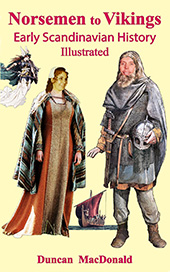Duncan MacDonald
Jakarta 20 February 2014
Revised 23 January 2017
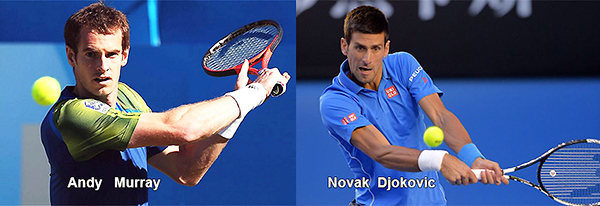
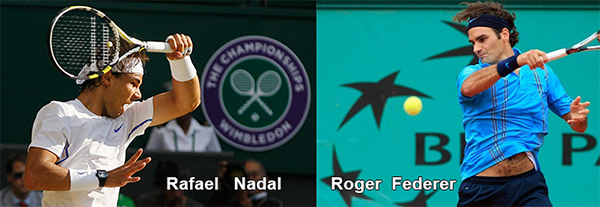
What is it ?
Also called tendinitis or lateral epicondylitis, tennis or golfer's elbow is inflammation of the tendons where they attach to the bone at the elbow. The main symptom is pain in the forearm that becomes worse when you try to pick up objects, shake hands or use any action that puts strain on the affected tendon.Tennis players and golfers are not the only sufferers. It is common in carpenters, bricklayers, violinists and housewives, especially those aged between 35 and 55 years.
What causes it?
Overuse of your wrist and forearm because of repeated bending and twisting movements while playing sport is the usual cause. Inflammation can also occur however when you use a screwdriver too vigorously, wringing wet clothes or carrying buckets.Tennis elbow affects the tendonon the outer side of your elbow while golfer's elbow involves the tendon on the inner side. The strains, initially painless cause small tears in the tendon. As they start to heal, more tears occur and painful inflamed scar tissue forms.
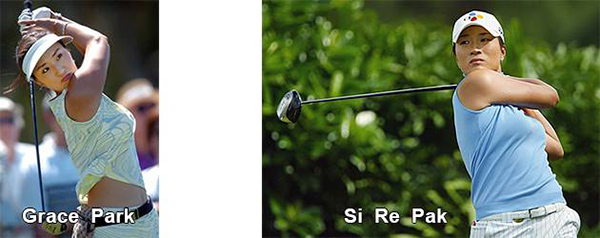
What are the symptoms?
The outer bony projection of the elbow is painful. For some people the pain is constant and interferes with sleep. The forearm aches with grasping and lifting movements such as pouring tea, turning stiff door handles, ironing clothes and typing. Even simple things like picking up a glass, shaking hands or brushing your teeth can cause pain. Elbow Stretches - Warm-up exercises
to prevent elbow strains

How is it treated?
Tennis or golfer's elbow is stubborn to treat but almost always curable. Treatment which can take a minimum of eight weeks;◊ Rest your arm and hand whenever possible (avoid the cause - stop playing tennis or golf)
◊ Apply an ice pack (such as a bag of frozen peas or crushed ice wrapped in a wet towel) to the painful area. Hold in place for about 10 minutes. Re-apply 2 – 3 times a day for the first 2 days
◊ Take a painkiller - paracetamol or ibuprofen to relieve pain. Ibuprofen has an anti-inflammatory effect which can help reduce swelling and stiffness
◊ Counter-irritants are creams and gels that produce a tingling sensation in the skin, which soothes pain temporarily – Deep Freeze Cold Gel [menthol], Ralgex Freeze Spray [dimethyl, ether, glycol, monosalicylate, isopentane]
◊ Physiotherapy and exercise – see below to strengthen the forearm muscles
◊ An arm band (available from sports stores) may be helpful
◊ Sometimes a steroid injection into the tendon may speed recovery
What is the difference between a sprain and tendinitis?
A sprain is a partial tear in the ligaments that hold bones together at a joint. Sprains are most common in the ankles, knees and fingers, but can occur in other joints as well.The symptoms of a mild sprain are not very different from tendinitis . With tendinitis symptoms usually develop slowly over a period of several days. Sprains on the other hand, are nearly always the immediate result of a direct injury. They are usually more incapacitating in the short term, are usually accompanied by a bruise and may take longer to heal.
A severe sprain in which ligaments are completely torn, require prompt medical care and may take months to heal

That's Life

 TB
Virus
TB
Virus

This Digest article can be downloaded as a FREE e-book on Smashwords.
Available on iPad / iBooks, Kindle, Nook, Sony, & most e-reading apps including Stanza & Aldiko.
Just click the following link
>> download free e-book dMAC Digest Vol 4 No 1

